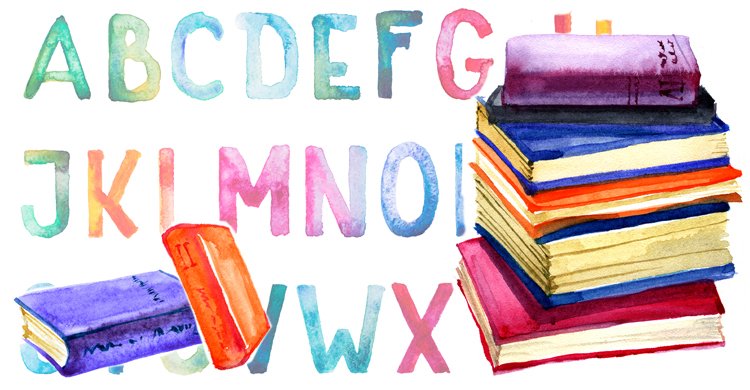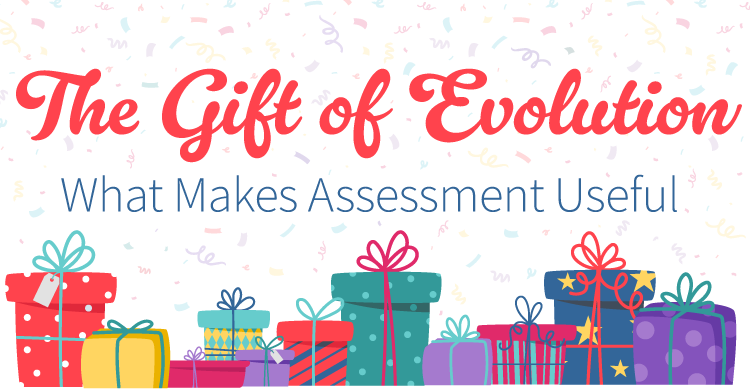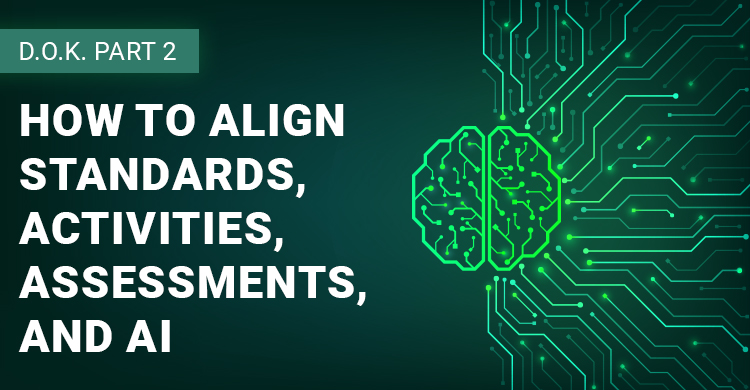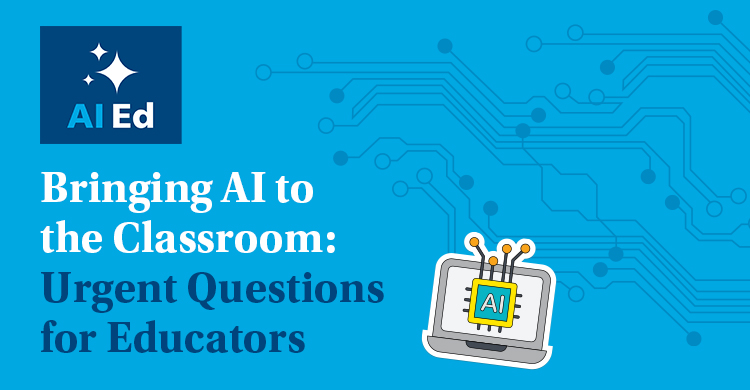When you think about it, our education systems are incredible things. Consider it: we place groups of our most important citizens (children and youth) in rooms for hours at a time with adults who truly want to support them and who are charged with developing their potential; showing them not only who they can be, but ensuring they believe in themselves and their ability to get there successfully. This is an incredible gift and a tremendous responsibility for teachers, and no one in this profession takes this expectation lightly. We know what is at stake (our future) and we know that on many days, it will require our deepest reserves, our greatest capacities, our unyielding passion, and our unwavering commitment. This pre-determined relationship bestowed upon teachers and students, complete with the expectations placed upon it, requires no small degree of finesse. Balancing the needs of teachers and learners in this context requires precision. It requires vulnerability and open conversation. It demands collaboration and it cannot happen in the absence of reflection. Our education system asks the best of that group of people, placed in that room day after day. Success in this context does not happen by chance.
In my book Softening the Edges: Assessment Practices that Honor K-12 Teachers and Learners, I spend time reflecting on the magnitude of responsibility placed on teachers and students in this context. I explain the importance of every single decision made and I describe the consequences of these decisions as having either hard or soft edges. In particular, I explore assessment as a central classroom practice that impacts both learning and relationship outcomes for teachers and students and establishes either hard or soft edges for everyone involved.
Hard and soft edges are indicated by emotional responses to assessment and can make or break whether or not assessment will advance learning and maintain the critical relationship between teachers and their students. Hard edges in assessment practices occur when actions do not meet some of the emotional, intellectual, physical, or social needs of teachers and/or learners. In contrast, soft edges are the result of assessment processes that optimize not only the learning needs of students but also other human needs that impact this learning (need for safety, need for efficacy, and need for belonging, for example).
Consider this situation where a hard edge exists and let’s unpack its impact on both teachers and learners: There are times when students may be asked to engage in a summative assessment experience too early in the learning cycle. As a result, some students aren’t able to demonstrate the required skill or understanding to the expected degree. In this case, it’s easy to see how some students’ intellectual needs have not been met—the needs to give their best, to demonstrate strength, and to master a required skill or understanding have fallen short for some. This impact is compounded when we consider the emotional needs of learners. In this situation, their need for confidence, for engagement, and for emotional safety are jeopardized. They may feel tricked or, even worse, stupid. This doesn’t even address the potential social ramifications of peer perceptions of intelligence and feeling incapable. Not only have learning outcomes not been fully met but relationship outcomes are at risk.
In this scenario, I propose that a teacher’s emotional safety is challenged as well. A need to see students being positively impacted by decisions and a need to feel confident in making empowering choices is tenuous in this scenario. Further, a teacher’s intellectual need to truly capture students’ potential for learning and a need to systematically advance learning is also at risk. It is little wonder assessment is a topic filled with emotion and anxiety. Much is at stake every time we engage in assessment processes.
It’s important to know that the hard edge of assessment can most certainly be softened in this scenario; there are a number of strategic decisions a teacher could make from this point forward. However, despite the knowledge that this hard edge need not be permanent, the challenge in facing the range of possible impacts from a single assessment decision cannot be denied. This is why designing assessment processes that simultaneously honor intellectual, social, emotional, and physical needs is so critical. Attending to multiple aspects of our humanity invites us to not only make strong decisions in advance of acting on them, but it also allows us to respond quickly when we notice things are amiss; when they have not worked out as intended. This is the approach that human beings deserve and require. Practices that attend to our humanity have soft edges. They bring out the best kinds of learning under the best possible conditions. Soft edges do not guarantee the absence of difficulty but they do support teachers and students in the midst of challenge, promising an optimistic outcome. Michael Fullan (1997) describes this state when he explains that hope is not a naïve, sunny view of life. Instead, it is the capacity not to panic in tight situations; to find ways and resources to address difficult problems. This is a soft edge supported by carefully considered assessment practices. In these contexts, students are invited to think deeply, to generate and explore ideas fully, and to acknowledge and celebrate their own growth in a culture of support and rigor. Soft edges also honor a teacher’s need to observe and listen, to create engaging and relevant learning experiences, and to witness the positive results of their hard-earned efforts.
Ultimately, soft edges are about relationships. They are about clarity and transparency. Without soft edges, teachers and learners get caught in cycles of assigning and assessing without ever maximizing potential. No one deserves this hard edge in our all-important education system. It is time to soften the edges of our assessment practices and make our schools the places of learning and relationships they have been tasked to accomplish.
References:
Fullan, M. (1997). Emotion and hope: Constructive concepts for complex times. In Hargreaves, A. (ed.) Rethinking educational change with heart and mind. Alexandria, VA: ASCD, 1997 ASCD Yearbook, pp 216-33.
[author_bio id=”203″]







